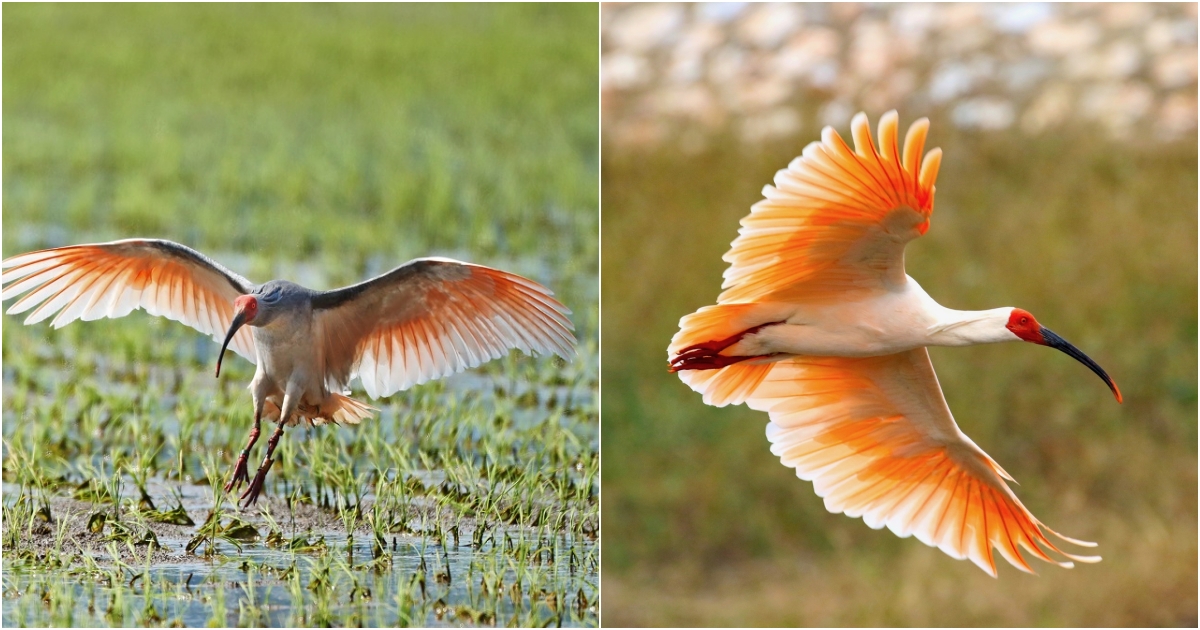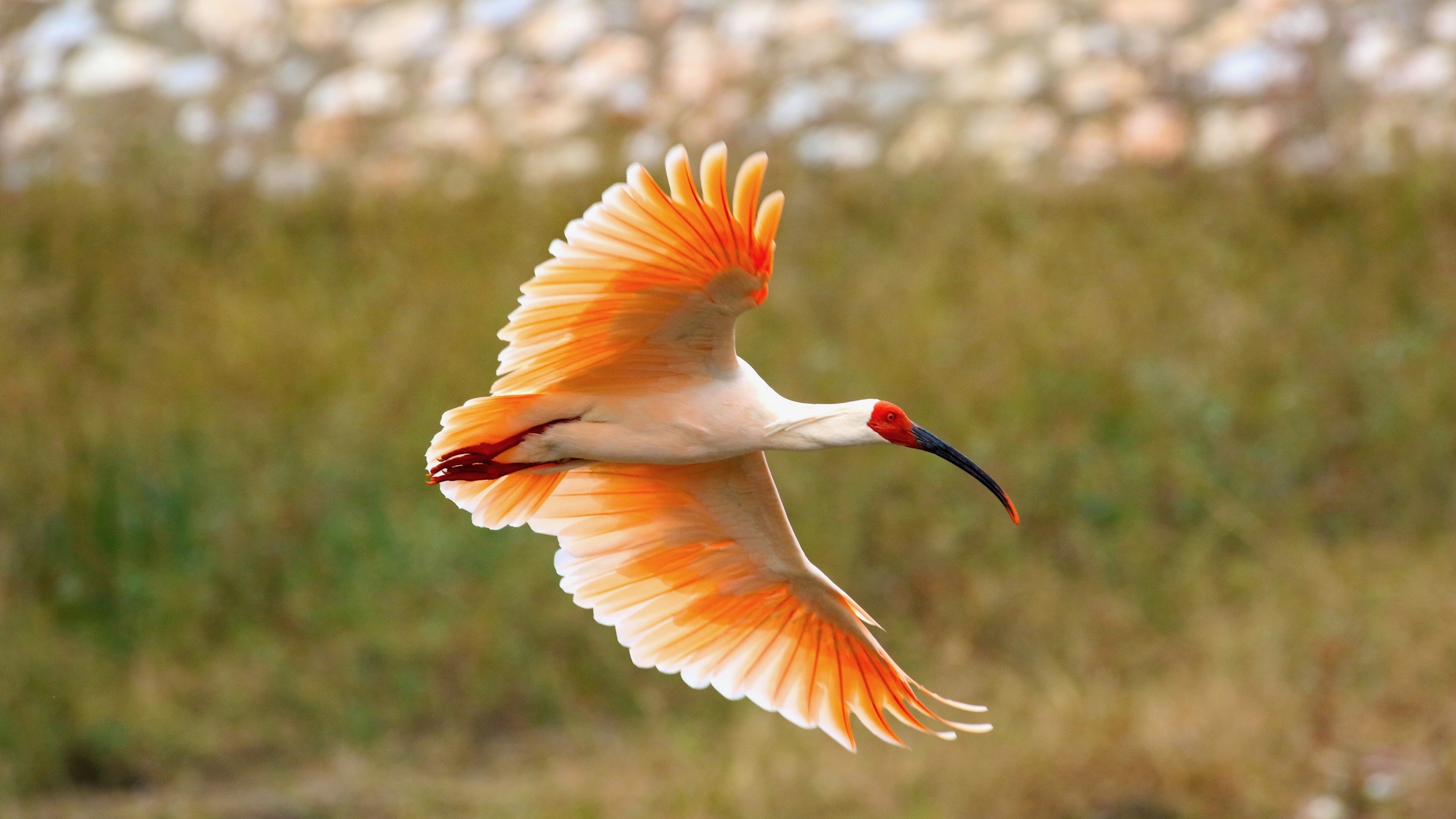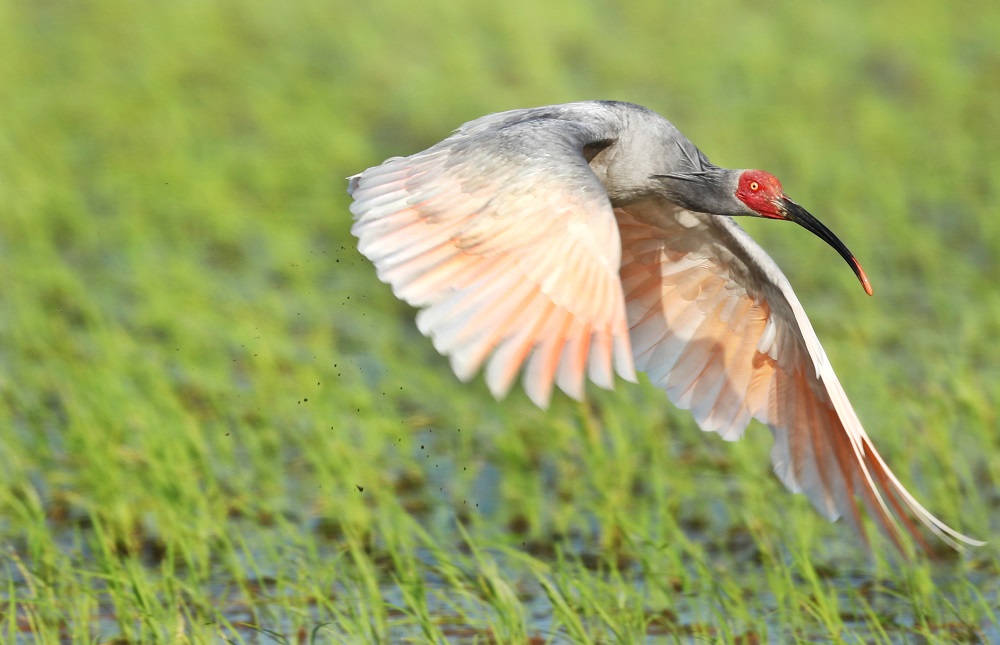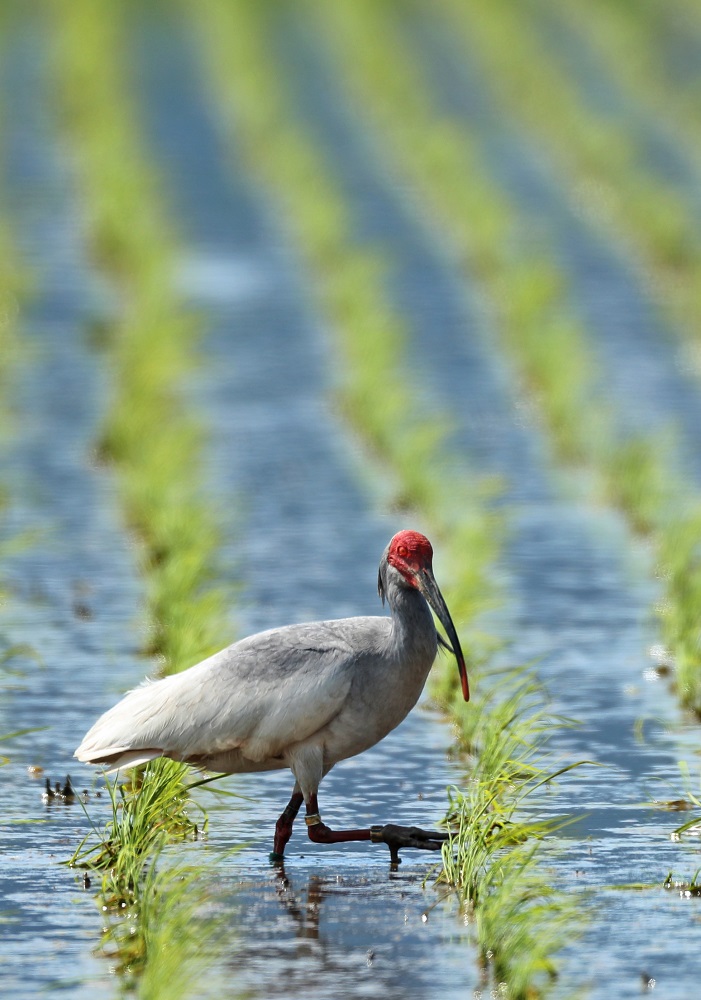The Enigmatic Marvel: Reviving and Safeguarding the Japanese Crane

The Japanese Crane, also known as the Red-crowned Crane or the “Bird of Paradise” in Asian culture, is a captivating and cherished bird species. It has garnered significant attention and conservation efforts from neighboring countries like China, Japan, and South Korea. A recent goodwill program aimed at protecting the endangered Japanese Crane was initiated in Shanghai, China. Experts, diplomats, and scholars from the three neighboring nations came together to share experiences in enhancing ecosystem protection, biodiversity preservation, combating climate change, environmental pollution, and promoting harmonious development between humans and nature.


A Chinese scientist, Liu Yinzeng, then a researcher at the Chinese Academy of Sciences (CAS), challenged the notion that the Japanese Crane had gone extinct in China. In 1978, he led a team on an extensive search across the country.
A breakthrough occurred in May 1981 when Liu and his team discovered two mature Japanese Cranes in Yang County, Shaanxi Province, Northwest China. This discovery prompted China to launch conservation efforts to protect and preserve the Red-crowned Crane. Thus, a “revival miracle of the mythical bird” was initiated in China, driven by the sweat, tears, and collective efforts of its people.
“As of 2022, there are more than 7,000 living Japanese Cranes in China, both in the wild and in captivity. Their habitats have expanded from under 5 km² at the time of discovery to 16,000 km² at present,” stated Zhang Zhizhong, Director of the Wildlife Conservation Bureau, National Forestry and Grassland Administration.
The range of the Japanese Crane’s habitat has gradually expanded, encompassing deep mountains, hills, plains, from Yang County to the entire Qinba region in Shaanxi Province, and extending from China to the rest of East Asia, according to Dang Shuangren, an ecologist and Director of the Forestry Bureau of Shaanxi Province.
“The Japanese Crane is beloved by people throughout Asia. Since 1985, China has introduced 14 species of cranes to Japan and South Korea. Currently, there are over 1,000 individuals living in the wild and in captivity in Japan and South Korea. It is the shared aspiration of Asian countries to restore the original habitats of the Japanese Crane,” said Dang Shuangren.
The speeches by Chinese scholars received support from foreign attendees, including Kim Seung-ho, the Consul General of South Korea in Shanghai, and Oku Masafumi, the Deputy Consul General of Japan in Shanghai. Both diplomats acknowledged and appreciated China’s efforts and contributions in protecting the “Bird of Paradise.” They called for increased international and regional cooperation in environmental and ecological fields.


.jpg)
-e1530361840377.jpg)




